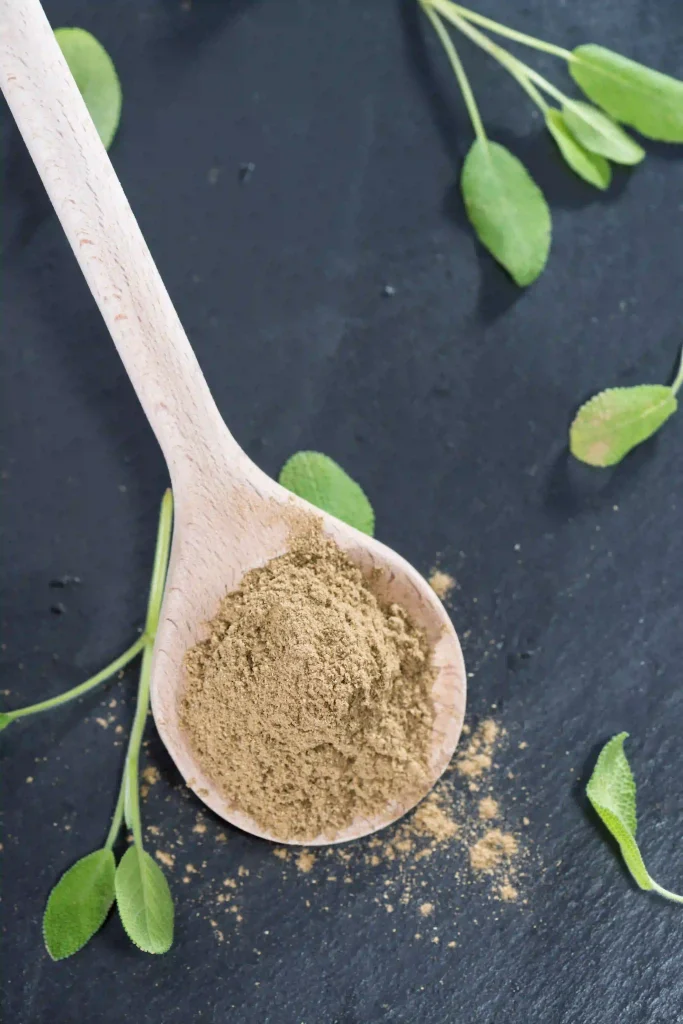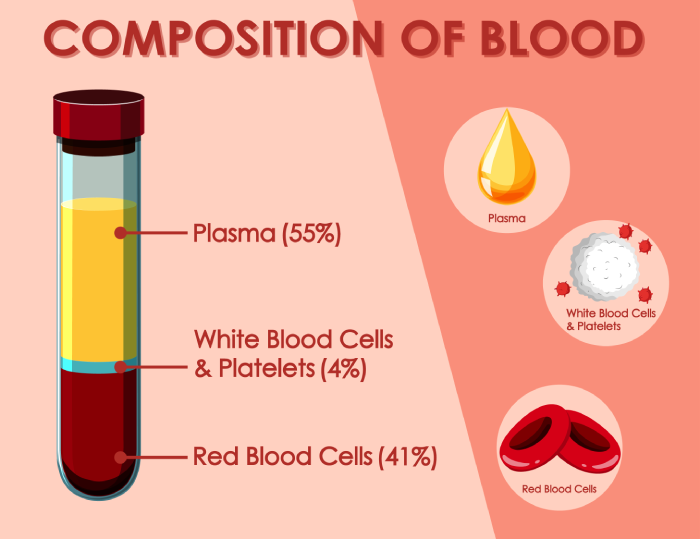Have you ever wondered what makes your morning coffee more than just a wake-up call? As someone who’s spent years researching natural compounds and their effects on human health, I’ve discovered that the answer lies in a fascinating family of compounds called chlorogenic acids. These remarkable substances have captured the attention of researchers worldwide, and their potential benefits extend far beyond the simple pleasure of your daily brew. In this comprehensive guide, we’ll explore the science, benefits, and practical applications of these powerful natural compounds that might revolutionize your approach to everyday wellness.

The Science Behind Nature’s Wellness Compound
The story of chlorogenic acids is deeply rooted in the complex chemistry of plants, where these compounds play a crucial role in protecting vegetation from environmental stresses and pathogens. As a polyphenol family member, chlorogenic acids are created through the esterification of certain cinnamic acids with quinic acid – a process that might sound complicated but results in one of nature’s most beneficial compounds. When I first began studying these molecules, I was struck by their elegant chemical structure and the way they interact with human biology. What’s particularly fascinating is how these compounds work synergistically with other plant compounds to create what scientists call a “matrix effect,” where the whole becomes greater than the sum of its parts. This natural synergy explains why whole food sources of chlorogenic acids often provide benefits that isolated supplements struggle to match.
Understanding Chlorogenic Acids in Your Daily Diet
Coffee: The Ultimate Source
If you’re a coffee enthusiast, you’ll be pleased to know that your morning ritual is providing you with the richest dietary source of chlorogenic acids in the Western diet. The relationship between chlorogenic acid in coffee and human health has been studied extensively, revealing that a typical cup contains between 70-350 mg of these beneficial compounds. This wide range exists because several factors influence the chlorogenic acid content, including the coffee bean variety, roasting process, and brewing method. For instance, Robusta coffee beans typically contain almost twice the amount of chlorogenic acids compared to Arabica beans, while light roasts preserve more of these compounds than dark roasts. The brewing temperature and time also play crucial roles – too hot water or excessive brewing time can degrade these valuable compounds, which is why cold brew coffee has gained attention for potentially preserving higher levels of chlorogenic acids.
Tea Varieties: A Gentler Alternative
For those seeking a milder source of chlorogenic acids, various tea options present an excellent alternative. Green tea, in particular, offers a unique profile of polyphenols, including significant amounts of chlorogenic acid, though in lower concentrations than coffee. What makes tea particularly interesting is its combination of chlorogenic acids with other beneficial compounds like catechins and L-theanine, creating a synergistic effect that supports overall health. Different tea varieties offer varying levels of chlorogenic acids, with some herbal teas like yerba mate containing surprisingly high amounts. This diversity allows consumers to choose based on their taste preferences while still obtaining these beneficial compounds.
Nature’s Bounty: Other Food Sources
Beyond beverages, chlorogenic acids are present in a remarkable array of whole foods, creating numerous opportunities to incorporate these compounds into your daily diet. Fresh apples, particularly their skin, contain 12-15 mg of chlorogenic acid per fruit, along with other beneficial polyphenols that work synergistically to support health. Sweet potatoes offer approximately 24 mg per serving, making them an excellent source for those who prefer their chlorogenic acids from food sources. Blueberries, nature’s antioxidant powerhouses, provide about 30 mg per cup, while eggplant skin contains up to 28 mg per serving. What’s particularly interesting about these food sources is how the chlorogenic acid content varies based on factors like growing conditions, ripeness, and storage methods. For instance, studies have shown that organic farming practices can increase the chlorogenic acid content in some fruits and vegetables by up to 20%, while proper storage conditions can help preserve these valuable compounds for longer periods.
Health Benefits That Might Surprise You
Weight Management Support
The relationship between chlorogenic acid and weight loss has become a focal point of numerous scientific studies, revealing fascinating mechanisms that might explain its beneficial effects. Through my research and conversations with nutrition experts, I’ve learned that these compounds influence multiple pathways related to metabolism and weight management. Chlorogenic acids appear to slow the absorption of glucose in the intestines and inhibit an enzyme called glucose-6-phosphatase, which plays a crucial role in regulating blood sugar levels. This dual action helps maintain stable blood sugar levels, potentially reducing cravings and overeating. Furthermore, research suggests that chlorogenic acids might increase the activity of AMPK, an enzyme that regulates metabolism and energy expenditure. A particularly interesting study published in the Journal of International Medical Research found that participants consuming chlorogenic acid-enriched coffee experienced a significant reduction in body mass index (BMI) and body fat percentage over 12 weeks compared to those drinking regular coffee.
Antioxidant Properties and Cellular Protection
The antioxidant capabilities of chlorogenic acids extend far beyond simple free radical scavenging. These compounds exhibit what scientists call “pleotropic effects,” meaning they work through multiple mechanisms to protect our cells. Having reviewed countless studies on antioxidants, I’m particularly impressed by how chlorogenic acids not only directly neutralize harmful free radicals but also activate our body’s own antioxidant defense systems. They achieve this by stimulating the Nrf2 pathway, often called the “master regulator” of our cellular antioxidant response. This activation leads to increased production of natural antioxidant enzymes like glutathione peroxidase and superoxide dismutase. Additionally, chlorogenic acids have demonstrated the ability to protect cellular DNA from oxidative damage, potentially contributing to long-term health and longevity. Recent research has shown that regular consumption of chlorogenic acid-rich foods may help maintain cognitive function and protect against age-related cellular decline.
Making the Most of Chlorogenic Acids
Supplement Options
While obtaining nutrients from whole foods is generally preferred, the growing interest in chlorogenic acid supplements has led to significant developments in this area. The most common form is derived from green coffee bean extract, which typically contains 45-50% chlorogenic acids. However, the supplement landscape is more complex than it might appear at first glance. Different extraction methods can significantly impact the quality and bioavailability of chlorogenic acids. For instance, some manufacturers use a patented process that claims to enhance absorption by up to 60% compared to standard extracts. When considering a chlorogenic acid supplement, look for products that provide standardized amounts of the compound and have undergone third-party testing for purity and potency. It’s also worth noting that the timing of supplementation can affect its efficacy – some research suggests taking these supplements before meals might optimize their metabolic benefits.

Smart Consumption Tips for Maximum Benefits
Maximizing your intake of chlorogenic acids requires more than just drinking coffee or taking supplements. The way you prepare and consume these compounds can significantly impact their bioavailability and effectiveness. When it comes to coffee, the roasting process dramatically affects chlorogenic acid content – light to medium roasts typically retain 60-75% more chlorogenic acids than dark roasts. The brewing method also plays a crucial role: filtered coffee preserves more chlorogenic acids compared to unfiltered methods like Turkish or French press brewing. Temperature and brewing time are equally important; water between 91-96°C (195-205°F) appears optimal for extracting these compounds without degrading them. For tea drinkers, steeping time becomes crucial – green tea, for example, should be steeped for 2-3 minutes in water around 80°C (176°F) to preserve its beneficial compounds while avoiding excessive bitterness.
The Future of Health: Why Chlorogenic Acids Matter
The scientific community’s growing interest in chlorogenic acids represents a significant shift toward understanding how natural compounds influence our health at the molecular level. Recent research has uncovered potential applications beyond traditional uses, including promising studies on cardiovascular health, cognitive function, and cellular longevity. For instance, emerging research from several prestigious institutions suggests that chlorogenic acids may play a role in maintaining healthy blood pressure levels and supporting arterial function. The compounds’ ability to influence glucose metabolism and inflammation pathways has led researchers to investigate their potential role in supporting healthy aging processes. As our understanding of these compounds deepens, we’re likely to discover even more applications for both preventive health and therapeutic purposes.
Final Thoughts: A Balanced Approach to Chlorogenic Acids
While the evidence supporting the benefits of chlorogenic acids continues to grow, it’s essential to maintain a balanced perspective on their role in overall health. These compounds represent just one component of a comprehensive approach to wellness, albeit an important one. Whether you choose to increase your intake through natural food sources or consider a supplement, the key lies in consistency and moderation. The most effective approach typically combines various sources – perhaps starting your day with a light-roast coffee, enjoying green tea in the afternoon, and incorporating chlorogenic acid-rich foods into your meals.
For those interested in optimizing their chlorogenic acid intake, consider starting with simple dietary modifications. You might switch to light or medium roast coffee, experiment with different tea varieties, or add more fruits and vegetables rich in these compounds to your daily menu. Pay attention to how your body responds and adjust accordingly. Remember that individual responses can vary, and what works best for one person may not be optimal for another.
As we continue to uncover the full potential of chlorogenic acids, one thing remains clear: these compounds offer a fascinating example of how naturally occurring substances can support our health in multiple ways. The key is to approach their consumption thoughtfully and as part of a broader commitment to healthy living.
For those embarking on their chlorogenic acid journey, remember that sustainable changes often yield the most lasting results. How will you incorporate these powerful compounds into your daily routine? The answer may be as simple as mindfully choosing your next cup of coffee or tea, knowing that you’re not just satisfying a craving but potentially contributing to your long-term health and wellness.



